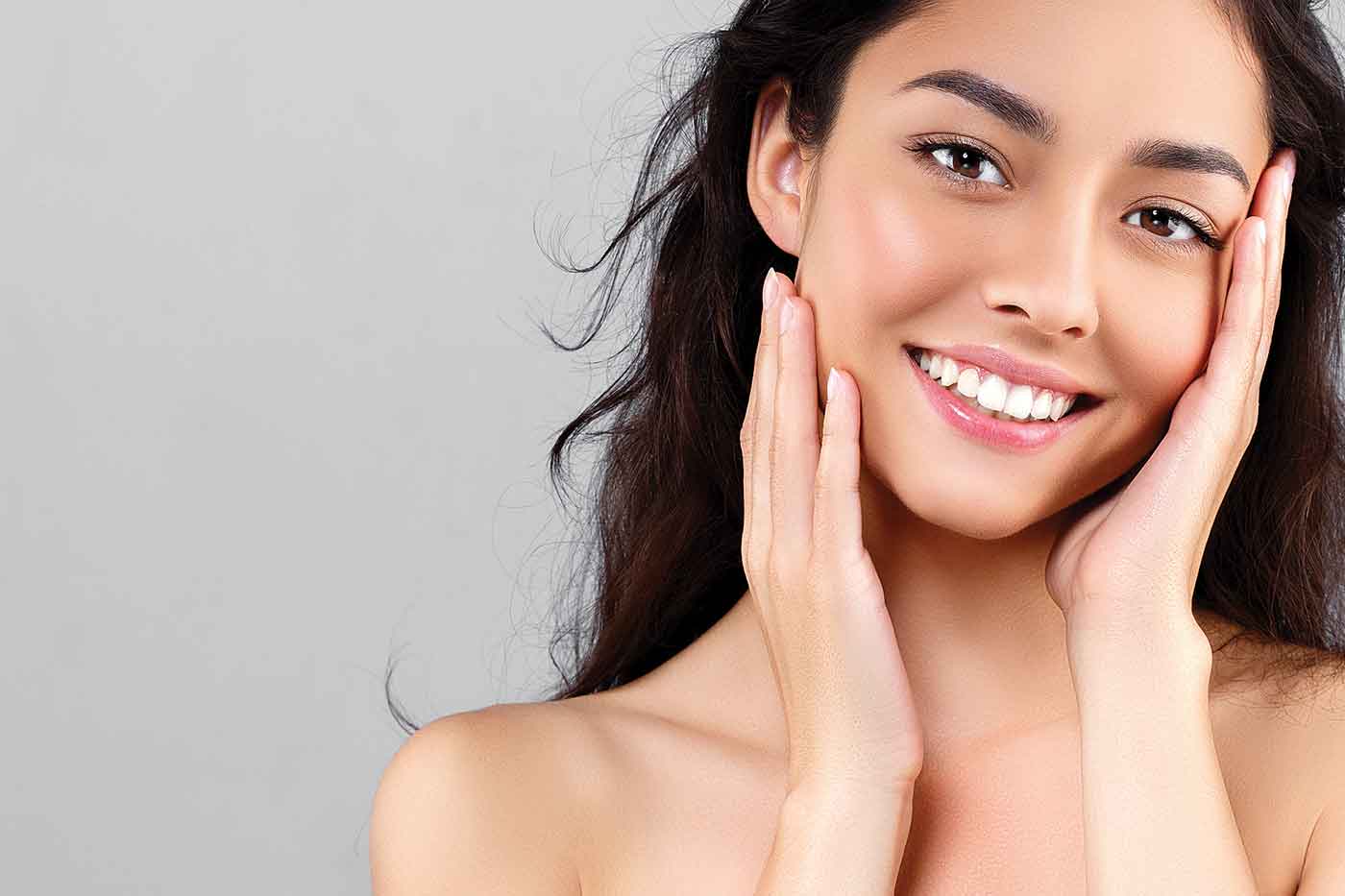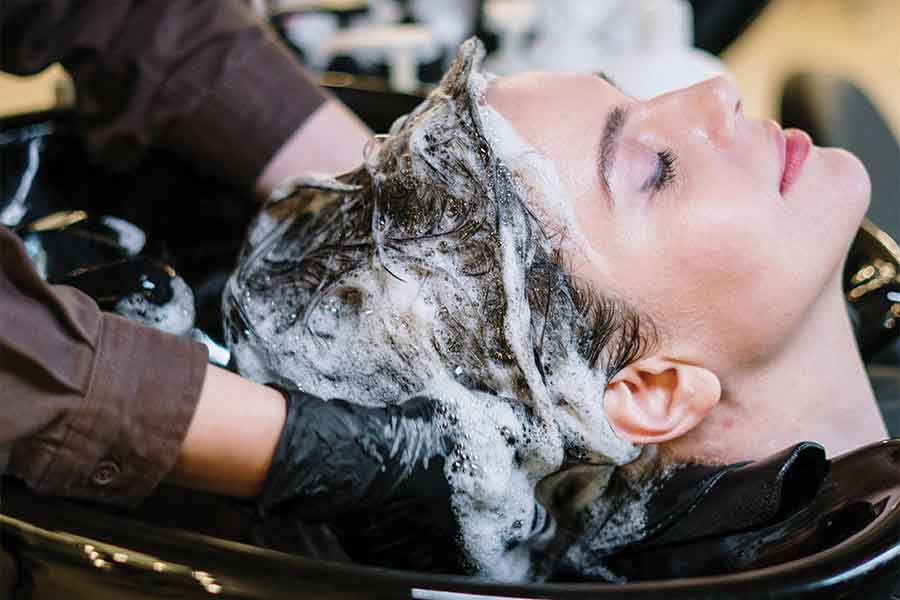The skin expert AvniAmlani shares with StyleSpeak the ways to treat different types of acne scars
Acne scars come in many shapes, sizes and colour, a lifelong reminder of a skin condition most likely from the teenage years. Acne scars are a result of damage to skin as it begins to heal from the pimples, blackheads and whiteheads. These are formed when oil, bacteria and dead skin cells get stuck under the skin’s surface causing acne breakouts. The scars can be depressed (pitted) or raised (keloid).
Treatment options for treating acne scars will depend on the depth and type of scarring as well as skin tone, because darker skin tones are prone to ‘post-inflammatory pigmentation.’
There are three main types of acne scars:
-
- Atrophic Scars – indented scars that form underneath the normal layers of the skin. These look like sunken pits in the skin because not enough collagen is made during healing process after the acne breakouts. Types of atrophic scars;
- Icepick scars – Small sharp indentations which narrow at the base of the skin. Looks like pinpricks in the skin.
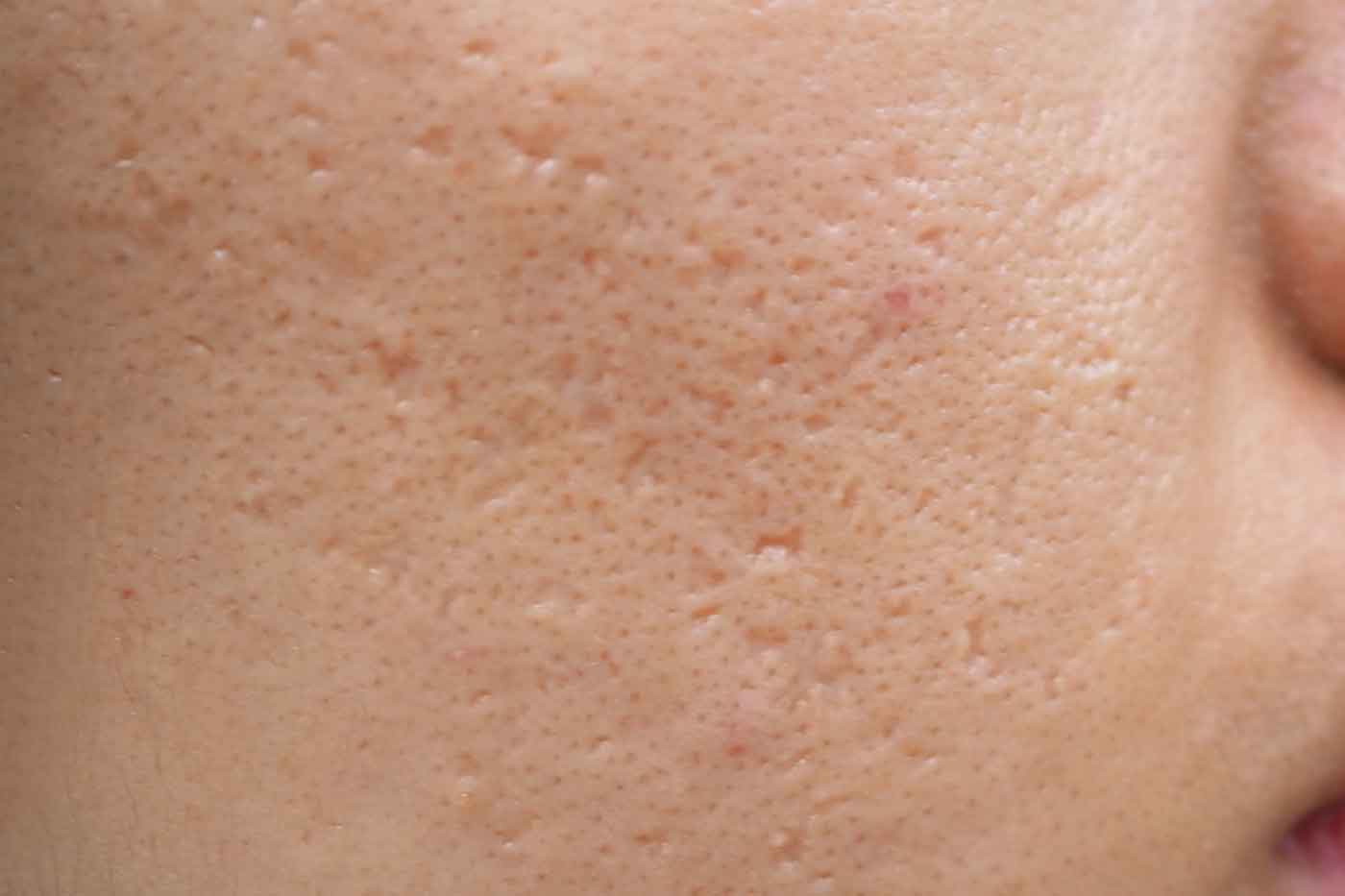
-
- Boxcar scars–round or oval indentations with steep and sharp edges.
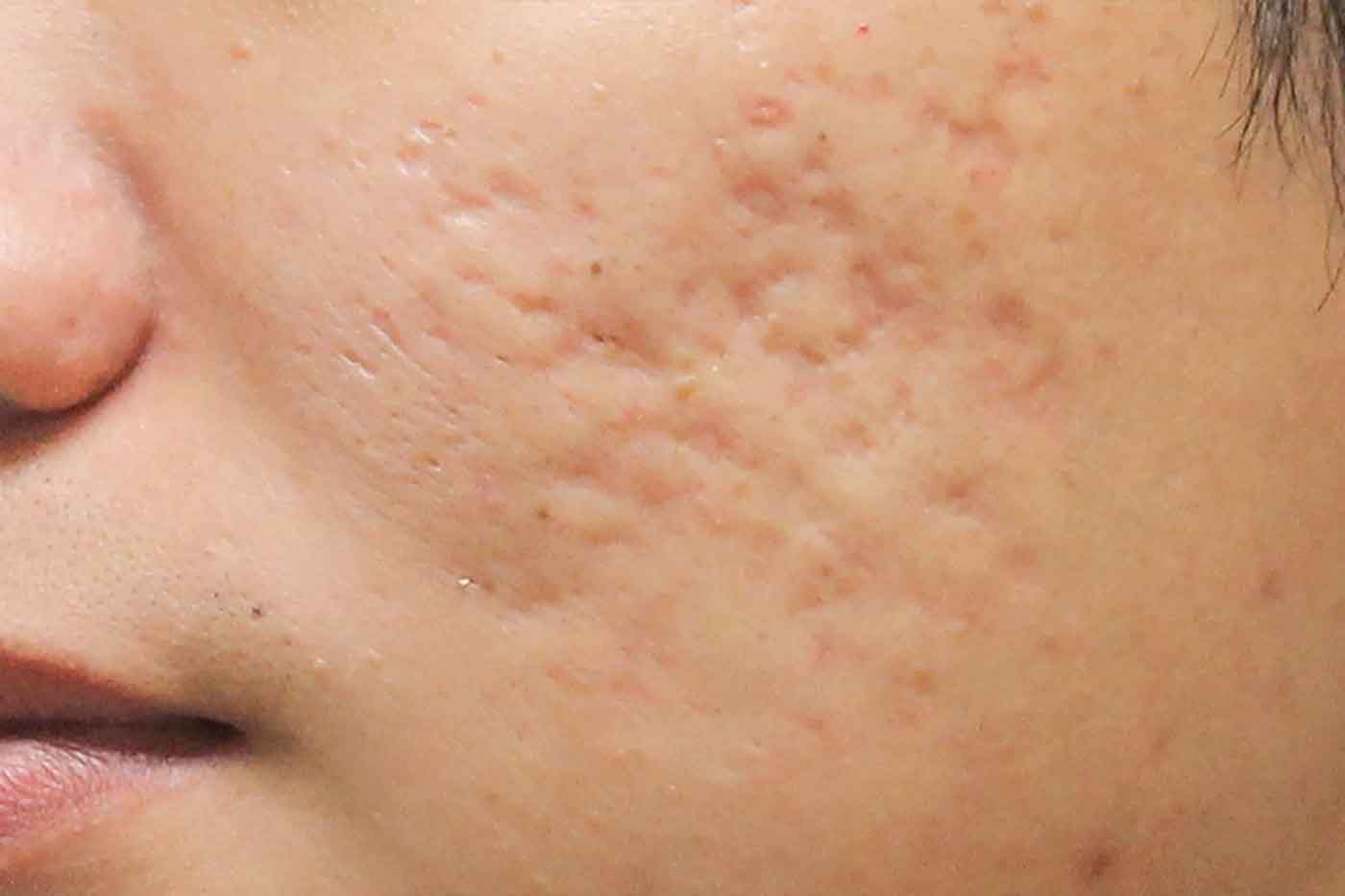
-
- Rolling scars –these scars cause rolling or wave-like depressions across the skin.
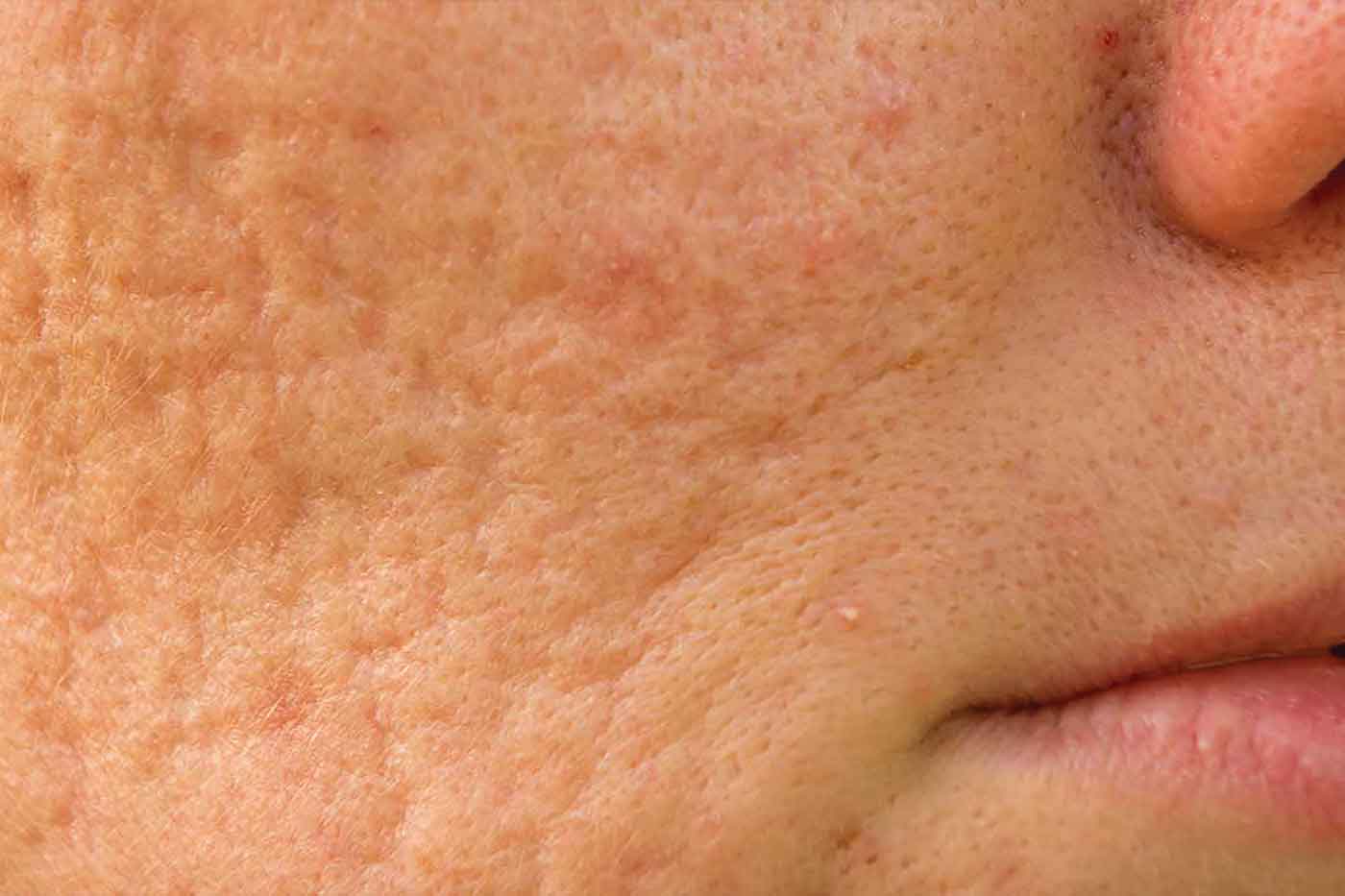
-
- Hypertrophic Scars – Bumpy, raised and sometimes red in colour caused by over-production of collagen as the acne is healing.
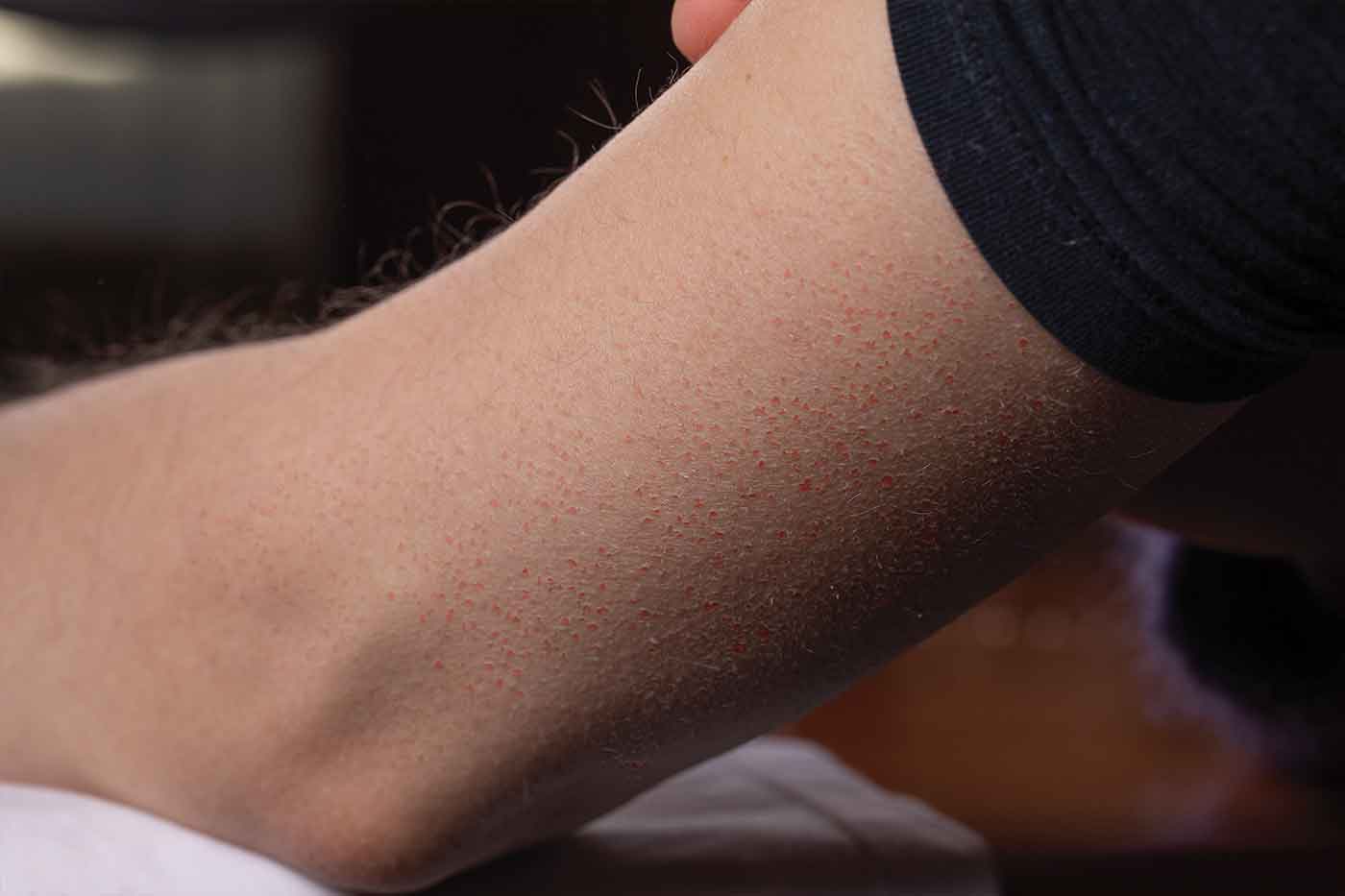
- Keloid Scars– are like hypertrophic scars, but thicker and darker in colour.
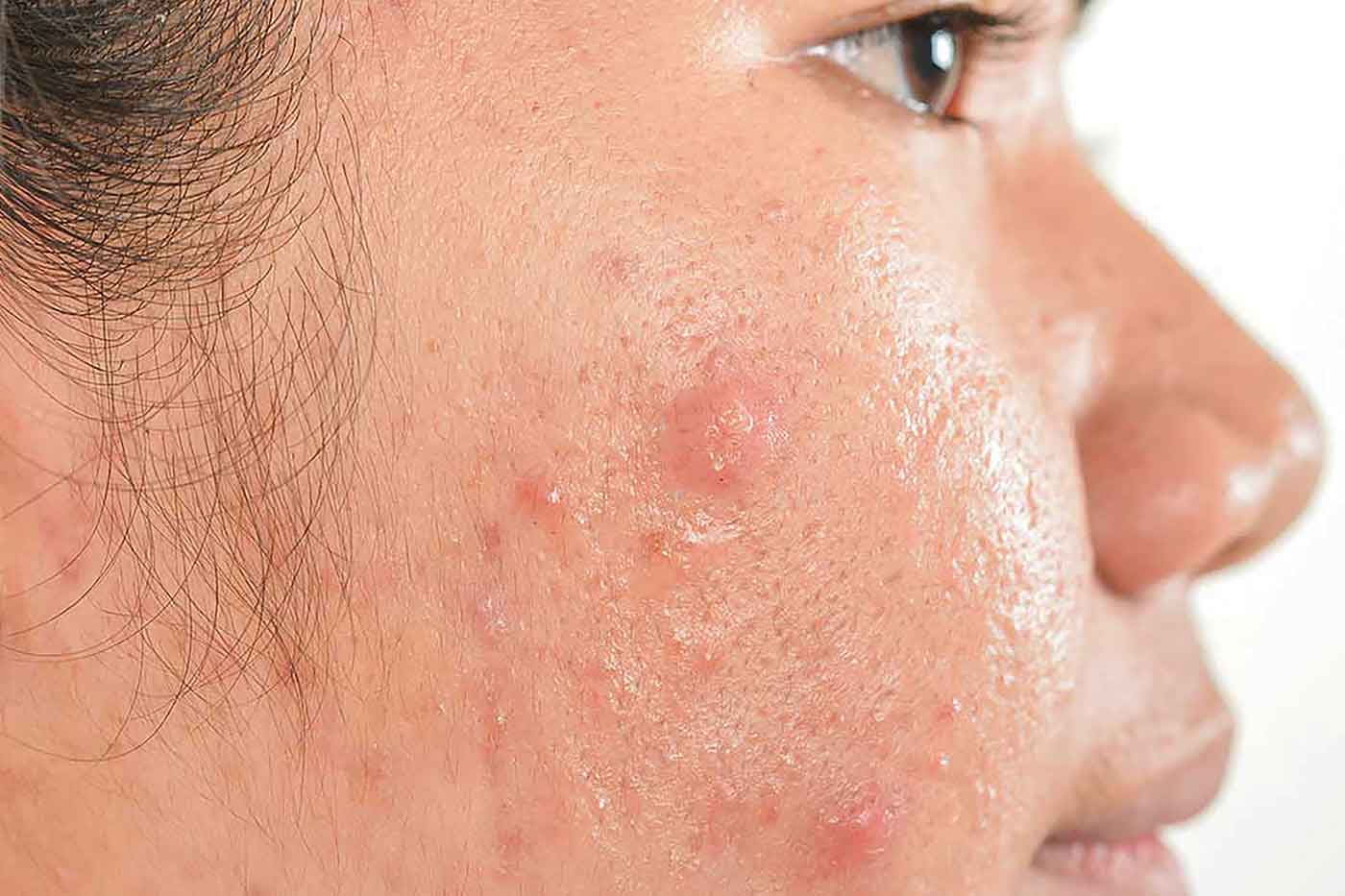
TREATMENT OPTIONS
Natural remedies–home remedies can be used to reduce post acne blemishes and support the healing process, but these would not be effective in removing the deeper scars if used on its own. Some popular home remedies used are:
-
- black seed oil -to help even out pigmentation
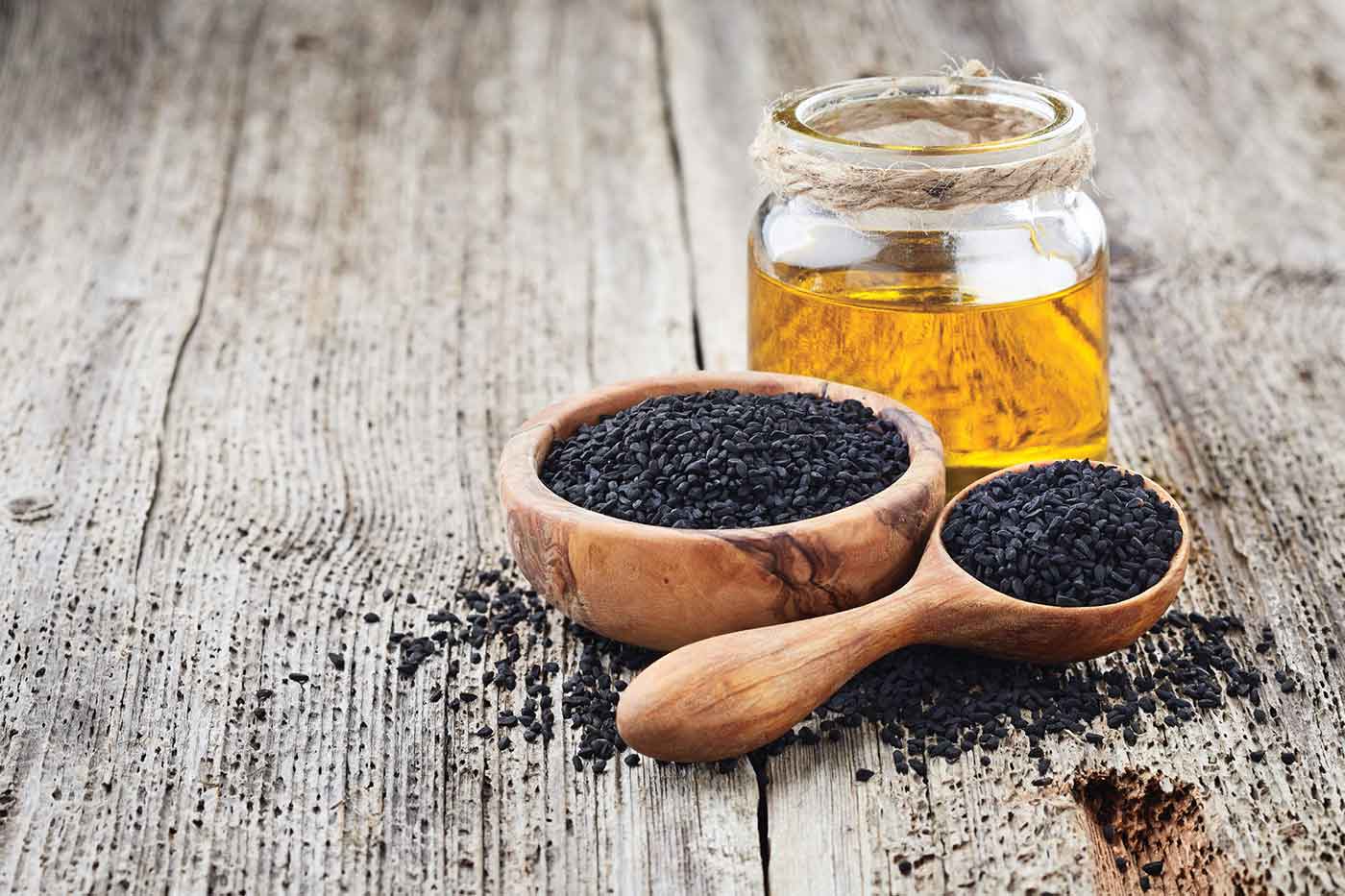
-
- rosehip oil -to help reduce the uneven dis-colouration which has helped reduce discoloration in post-surgical scars
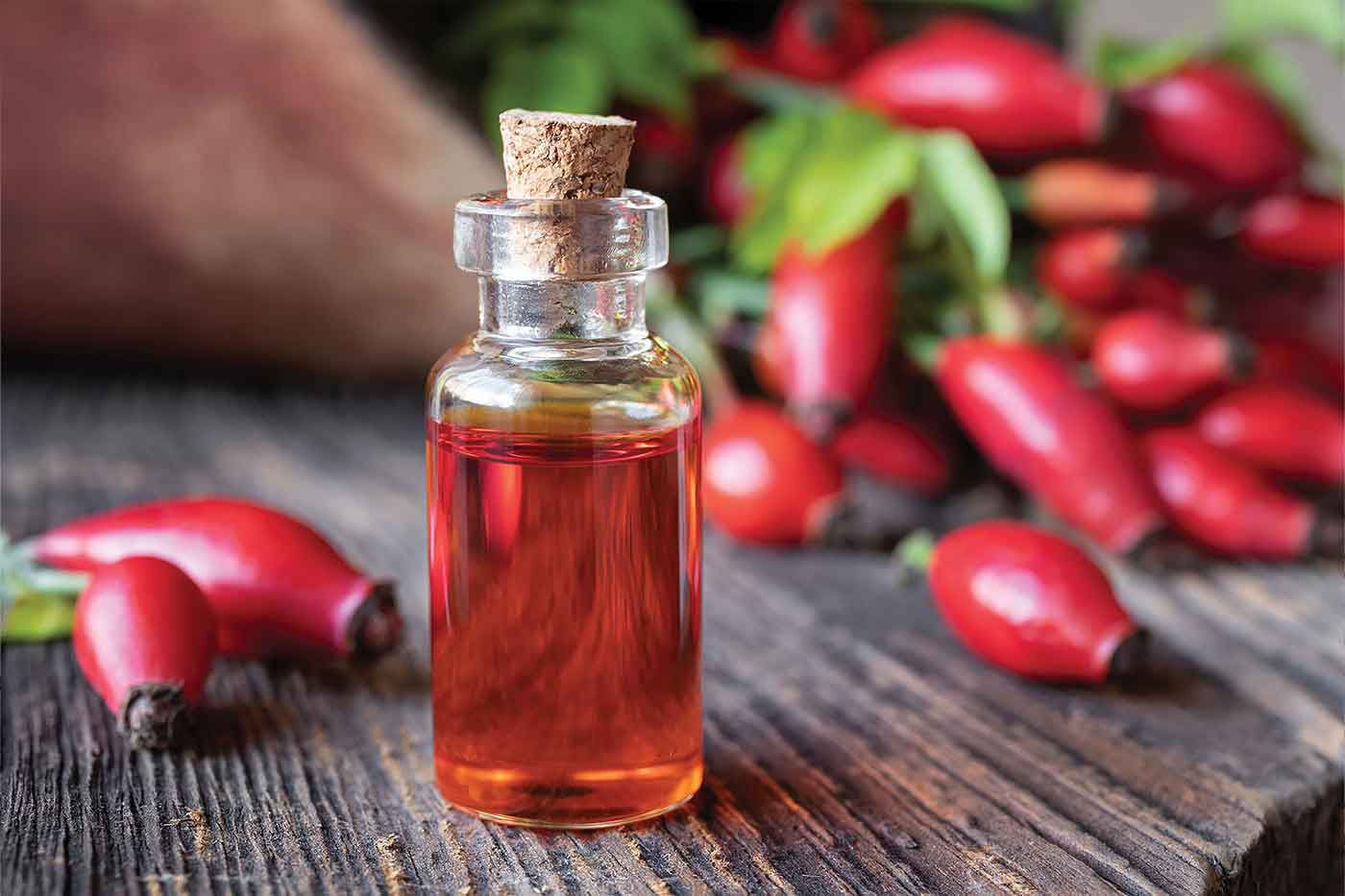
- honey- to stimulate the healing process and reduce further scarring
- aloevera – in combination with manuka honey–to promote scar free healing
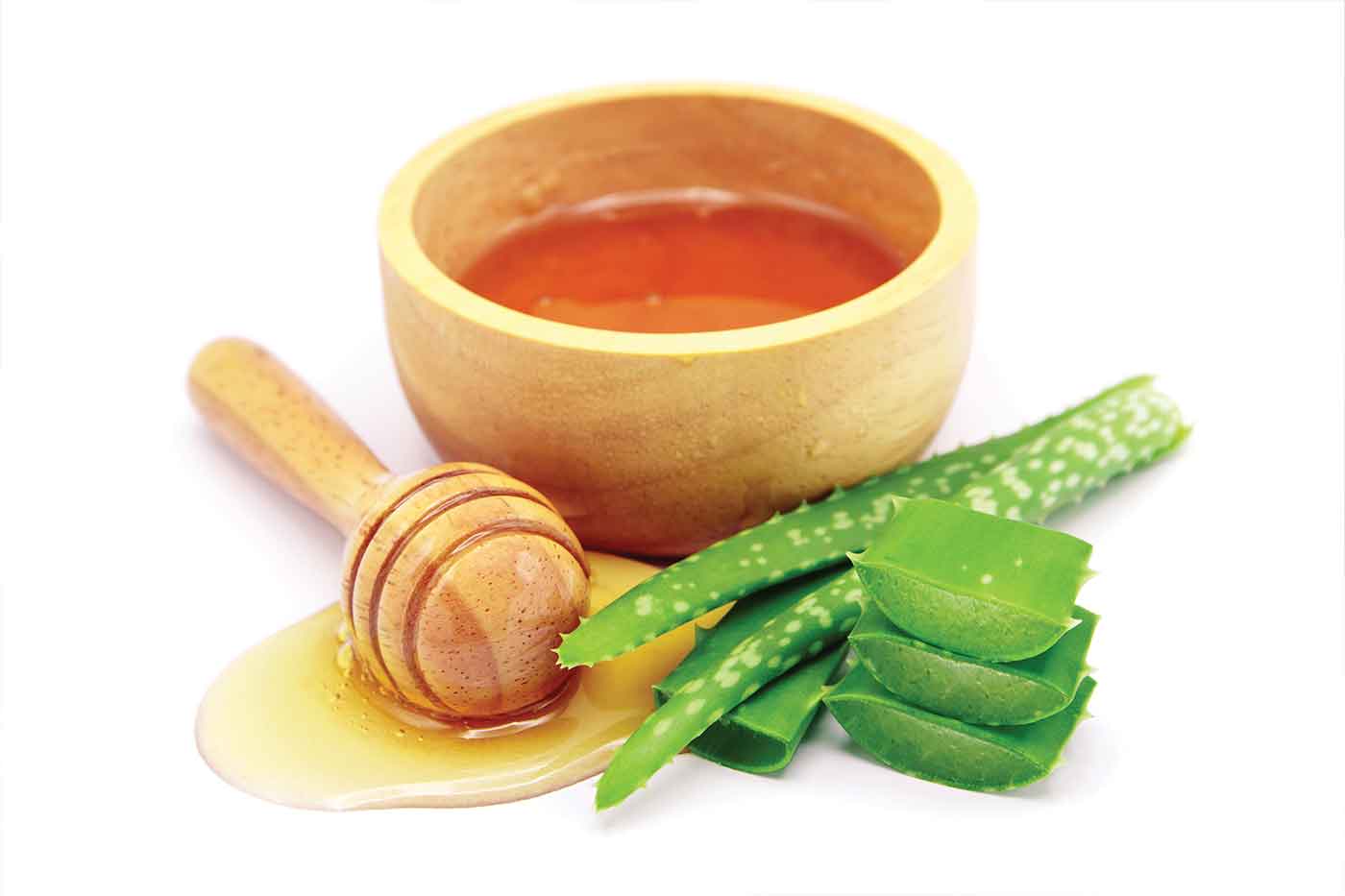
Over-the-counter(OTC) remedies
– ointment, gel or liquid can be used to help reduce the appearance of acne scars, like blemishes, but will not remove or flatten raised scars and cannot lift indented scars. Some common ingredients which are used in products to treat superficial acne scars are:
Salicylic acid– is one of the most popular ingredients used in just about all skin products to treat acne and acne scars, from cleansing pads to spot treatments and lotions to face cleansers. Salicylic acid helps to clear pores, reduce swelling and redness, and exfoliates the skin.
Best for: all acne scars
Retinoids– topical retinoids prevents inflammation, reduces acne lesions and those in people with darker skin tones.
Best for: atrophic or depressed scars
Alpha hydroxy acids (AHAs)–a milder form of acid which scrapes away the dead skin cells, increases cell renewal and reduces the hyper-pigmentation associated with acne scars.
Best for: all acne scars
In-Salon and Medical Treatments
Dermabrasion – one of the most effective and common treatments for facial scars used by skin therapists and dermatologists to deeply exfoliate the top layers of the skin.
Best for: scars close to the surface like shallow boxcar or rolling scars. But deeper scars may also become less noticeable
Chemical Peels – this facial peel treatment removes the top layer of the skin to reduce deeper scars. Popular chemical peels used are; TCA, Glycolic, Mandelic, Ferulic, etc., acids.
Best for: all types of acne scars, often used for deeper scars
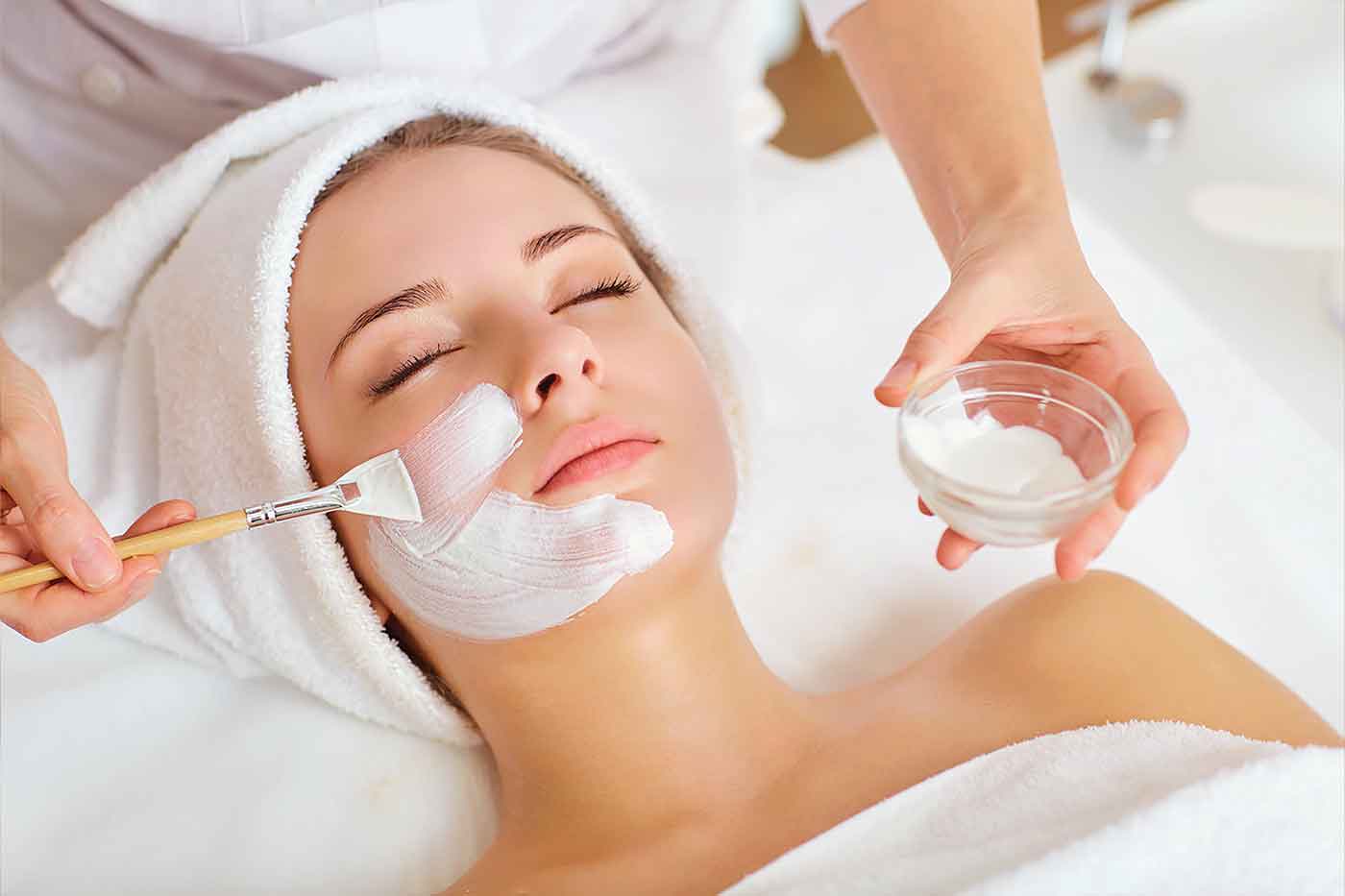
Microneedling– this skin-needling treatment procedure pierces the skin with fine needles to stimulate collagen production to heal these self-inflicted wounds. The newly produced collagen will start to smooth out the appearance, look and texture of your skin, filling scars, wrinkles or fine lines present in the skin.
Best for: treating atrophic acne scars.
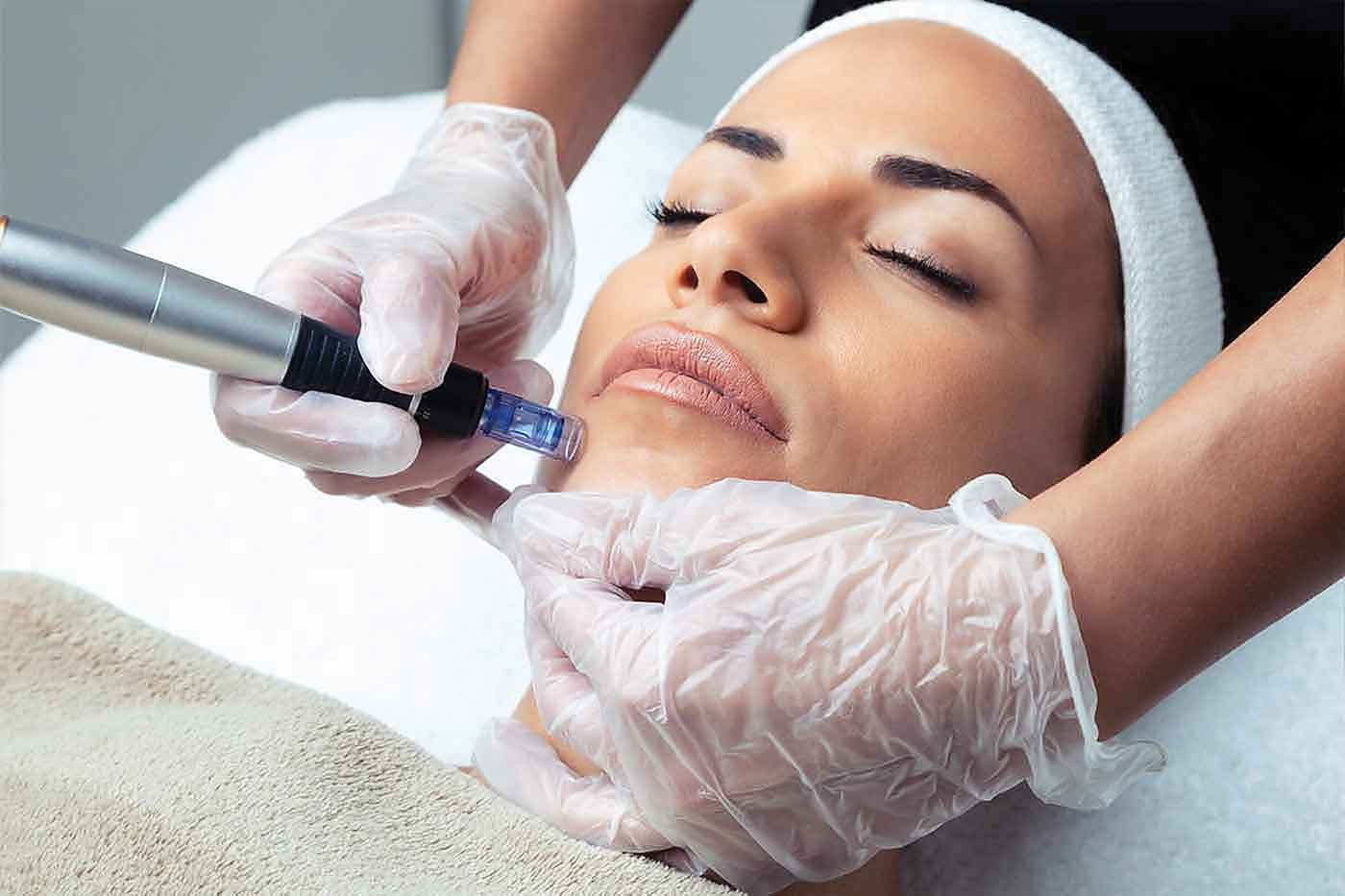
Soft Tissue Fillers – generally involves injecting your own fat, collagen, hyaluronic acid, corticosteroids, or other commercial dermal fillers into the skin to soften, flatten, plump and smoothen the skin.
Best for: treating box scar, rolling scars and hypertrophic or keloid acne scars.
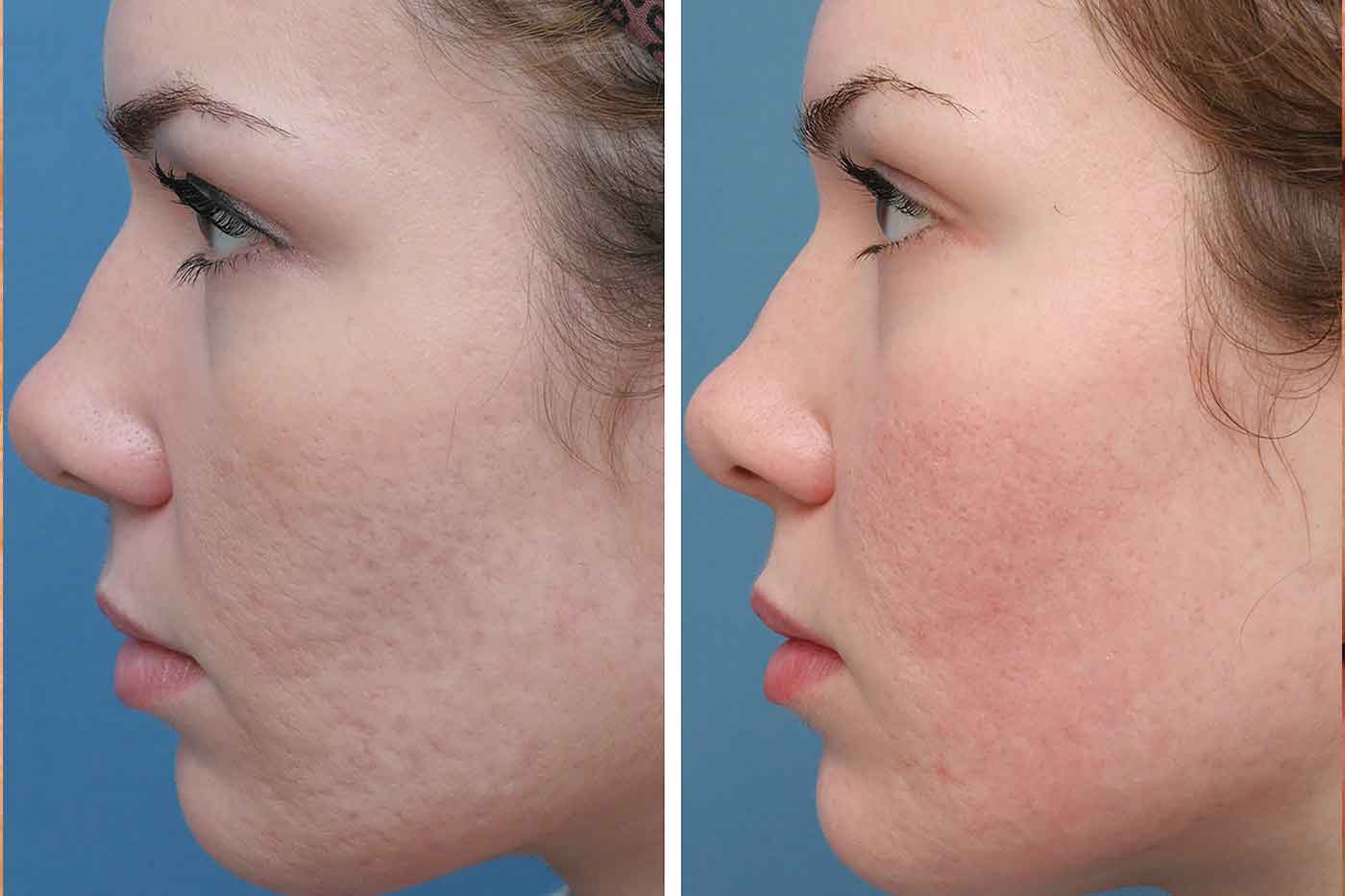
Laser resurfacing – removes the uppermost layer of skin to reveal the healthier skin cells underneath, helping to reduce the appearance of scarring improve the texture of raised scars.
Best for: all acne scars and lighter skin tone.
How long will it take for acne scars to go away?
There is no magic ingredient or miracle treatment which makes the deeper acne scars disappear overnight. For optimum results, combination of homecare regimen and in-salon/medical treatments should be advised to the clients. The time it takes for acne scars to go away will depend upon the treatment that is being used and the extent of the scarring to start with.

Avni Amlani
Designation: International Skin Expert & Consultant
Also Read:

